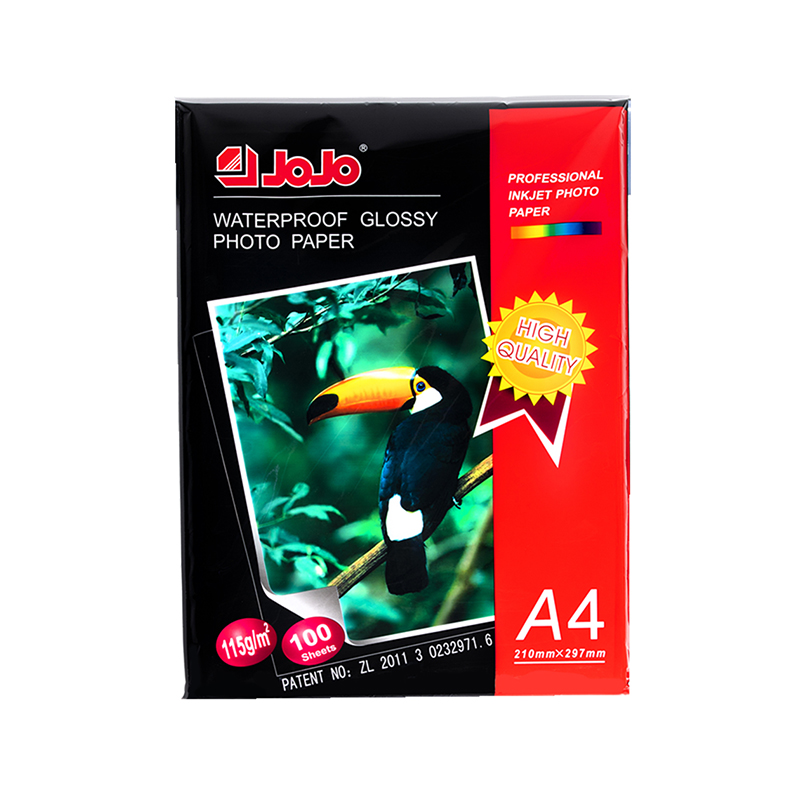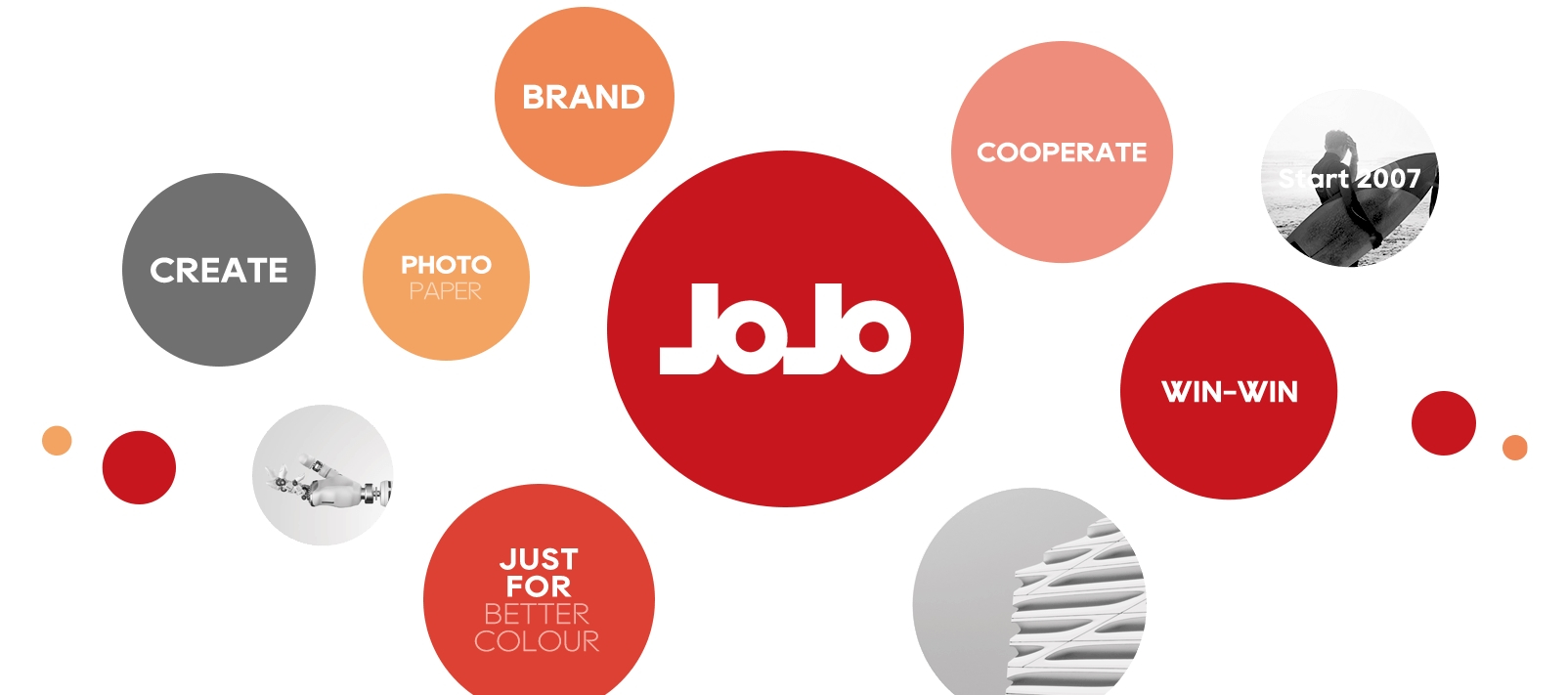Embossed Inkjet Papers offer a unique combination of visual appeal and tactile texture, making them a practical choice for diverse printing needs. Whether used for professional materials or creative projects, these papers can transform ordinary prints into items with added depth and character.

The printing process requires some attention to detail. Since embossed surfaces are uneven, ink may absorb differently across the sheet. This can produce a subtle variation in color density that many consider part of the charm. To achieve consistent output, set your printer to recognize heavy or specialty media. Most modern inkjet printers include these settings in the print driver menu.
When selecting embossed inkjet papers, consider the finish and weight. Heavier stocks often feel more substantial and can improve the durability of the printed piece. The finish should also match the intended use—some patterns work better for formal presentations, while others complement artistic prints.
Storage practices will help preserve the integrity of the embossed surface. Keep papers in their packaging or in a sealed container to protect against dust and moisture. If possible, store them flat and away from direct sunlight.
In creative contexts, embossed papers can be used to produce invitations, greeting cards, and fine art reproductions. The combination of color inkjet printing and textured paper can yield an appealing result that stands out from conventional prints. Businesses also benefit from using embossed papers for marketing brochures and presentation folders.
Finally, consider testing a small number of sheets to confirm compatibility with your printer and ink. This step can help avoid misalignment or ink smudging, particularly if you are using dense graphics or large blocks of color.
By understanding the qualities and requirements of embossed inkjet papers, you can achieve reliable and attractive results that showcase the value of thoughtful materials in printed work.
